Top Trends in Home Decoration for 2025
In 2025, home decoration trends focus on comfort, sustainability, and personal expression. Earthy tones, natural materials like wood and stone, and multifunctional furniture are taking center stage. Minimalist designs with cozy textures, smart home integrations, and eco-friendly décor are also popular. Mixing vintage pieces with modern styles creates a balanced and stylish look that feels both fresh and timeless.

Rigzah Arif
Table of Contents
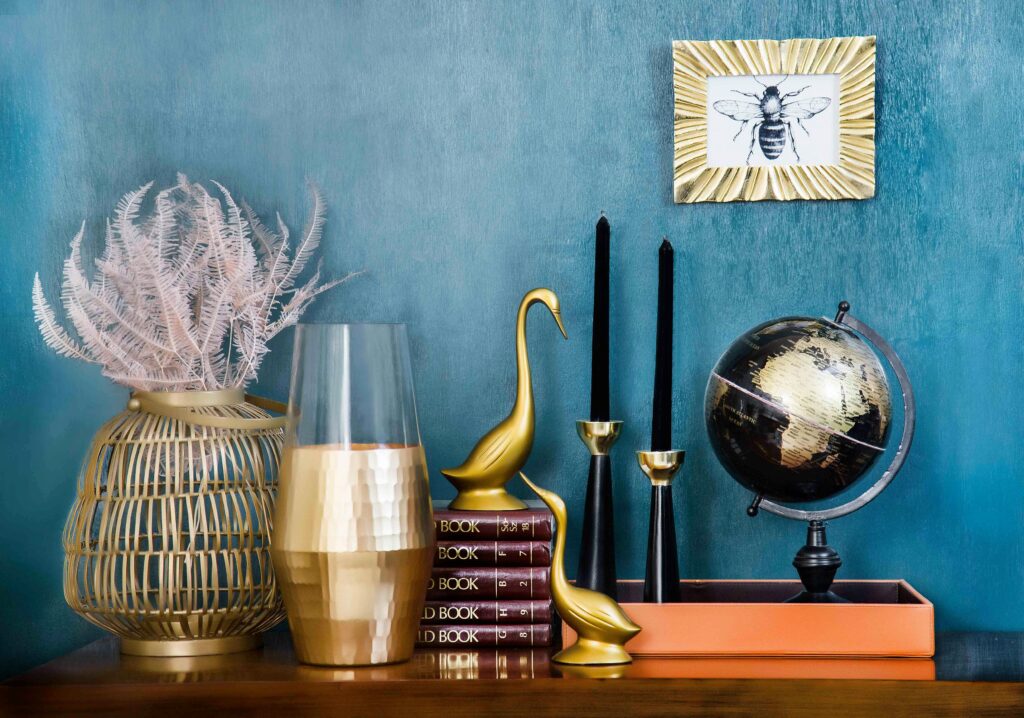
Layering Textures and Materials
Combine linens, velvets, woods, and metals in rugs, throws, and accessories for tactile richness and visual interest.
Layering textures and materials is a fundamental technique in digital content creation—whether in 3D art, game design, or digital painting—where multiple surface‐detail maps (albedo, normal, roughness, metallic, height, etc.) are stacked in a layer‐based system. Each layer can have its own blend mode, opacity, and mask, giving artists precise control over how details accumulate and interact on a surface.
Embrace Balance and Scale
- Interaction Design Foundation – Article on “Balance in Design” (detailed examples of symmetrical vs. asymmetrical balance)Adobe Blog – “Principles of Visual Design: Balance & Scale” (guidelines for applying scale in layouts)
Smashing Magazine – “Design Principles: Balance and Hierarchy” (practical tips for balancing weight and creating hierarchy)
Canva Design School – “Using Scale to Create Impact” (case studies of scale in branding)
99designs – “How to Master Scale in Your Designs” (step-by-step workflow)
UX Collective (Medium) – “Balance & Emphasis: Crafting Cohesive Interfaces”
Envato Tuts+ – “Visual Balance: Techniques for Better Layouts”
Gestalt Psychology resources – “Principle of Balance in Perception”
Creative Bloq – “Scale: The Unsung Hero of Great Design”
Wikipedia – “Principles of Design” overview
Accessorize Thoughtfully
Accessorize thoughtfully means curating a focused selection of decor items that enhance your scheme without overcrowding the space—each piece should relate in texture, color, or theme to its neighbors and earn its place in the overall harmony. Choose quality over quantity: group accessories into intentional vignettes, mixing varied heights and shapes to build layered visual interest. Incorporate meaningful accents—like travel mementos, family photos, or heirlooms—to infuse warmth and personal narrative. Finally, step back and edit ruthlessly, removing anything that feels redundant so every accessory contributes purposefully to the room
Use Mirrors to Expand Space
Mirrors are a simple yet powerful way to make any room feel larger and brighter: by reflecting both natural and artificial light, they amplify brightness and visually double the depth of a space, instantly creating the illusion of expanded square footage . Whether hung opposite a window to bounce sunlight around or incorporated as mirrored furniture to continue reflections through the room, thoughtful mirror placement enhances openness and draws the eye outward, giving even the coziest corners a more expansive feel.
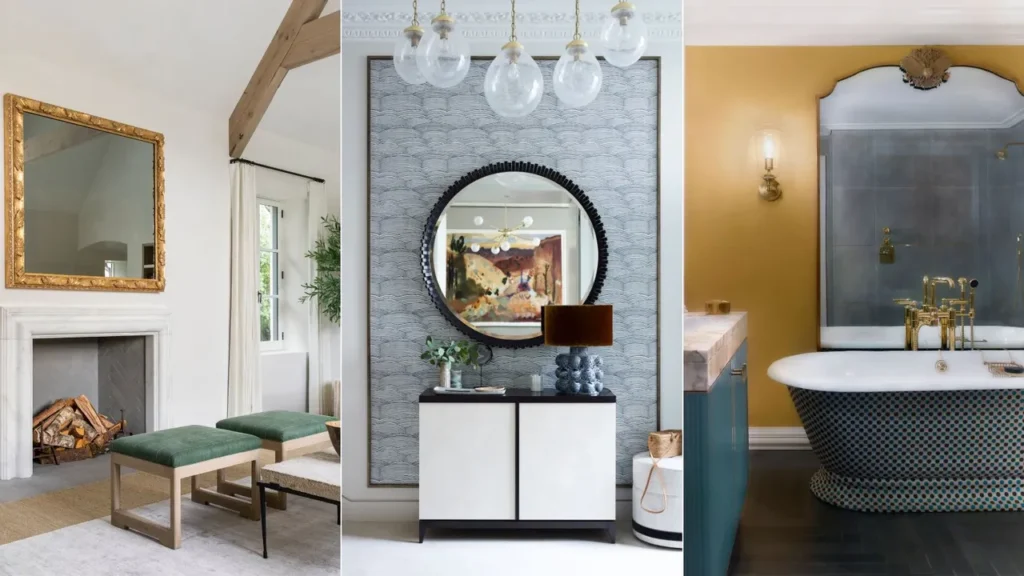
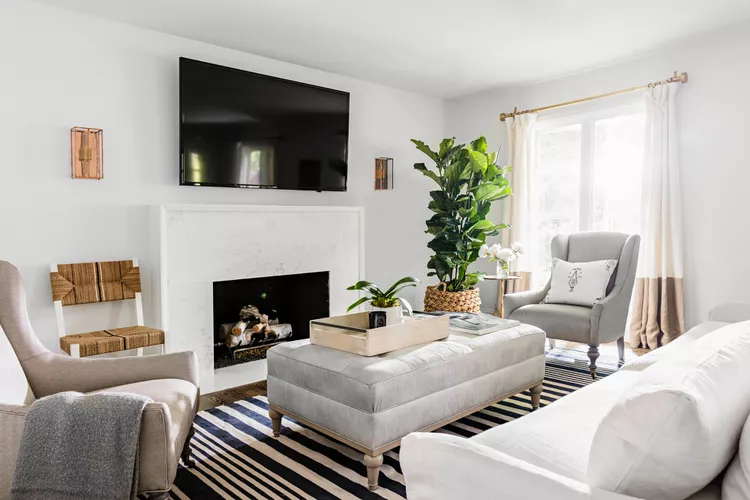
Optimize Furniture Arrangement
Optimizing furniture arrangement maximizes both comfort and functionality by guiding clear traffic flow—leave at least 30–45 cm between seating and pathways to prevent crowding and ensure easy movement. It also means defining distinct zones (anchored by focal points like a coffee table or area rug) and balancing scale so that seating groupings feel cohesive, inviting conversation while maintaining visual harmony in the room
Statement Ceilings & Walls
Statement ceilings transform the “fifth wall” into a dramatic focal plane by using contrasting paint, wallpaper, mouldings or textured finishes to draw the eye upward and define a room’s character. Statement walls—often called accent or feature walls—employ bold color, pattern or material (paint, wallpaper, wood/stone cladding) on a single wall to anchor furnishings and inject visual interest. Together, these surface treatments work in harmony to create cohesive, artful spaces that balance impact with underlying harmony and highlight architectural or décor moments.
Smart Home Integration
Smart Home Integration brings together disparate IoT-enabled devices into one automated ecosystem, using standardized protocols and central hubs to deliver remote control, enhanced convenience, energy savings, and improved security.
Curved Furniture & Organic Shapes.
Curved furniture and organic shapes embrace flowing, biomorphic forms inspired by natural contours, softening a room’s overall aesthetic and adding a sense of fluid movement . These designs harness ergonomic benefits—rounded edges and enveloping silhouettes create intimate, welcoming seating arrangements that feel more comfortable and human-centric . Applied across residential and commercial spaces, sculptural curves and organic silhouettes foster a harmonious dialogue between function and artistry, evoking both warmth and modern sophistication.
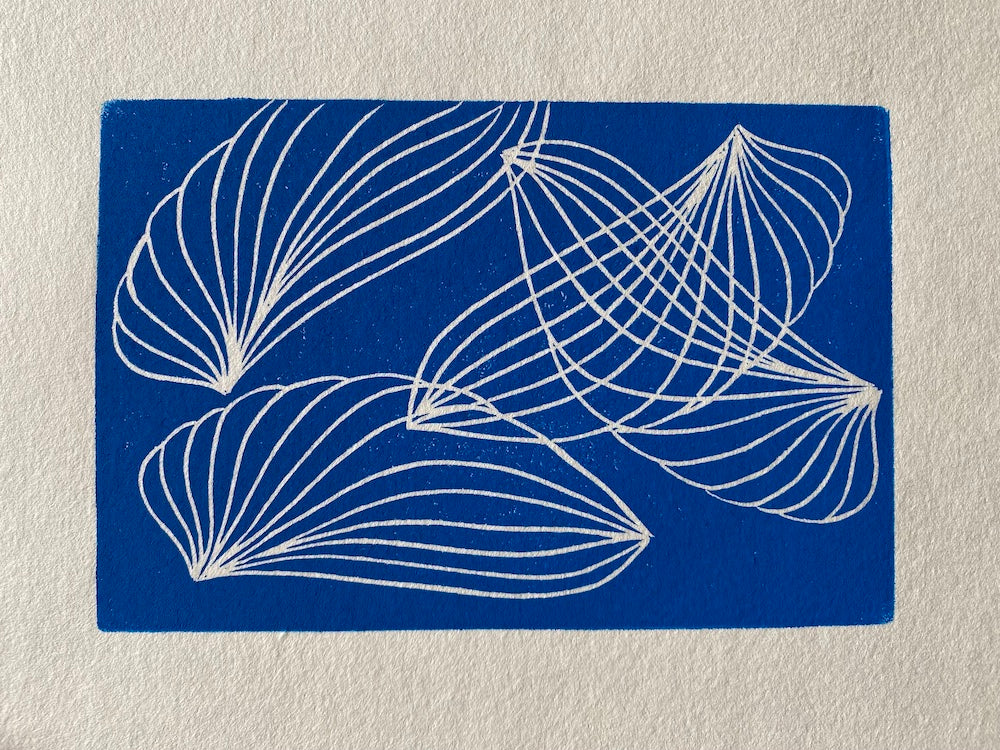

Biophilic Design & Indoor Greenery
Biophilic Design & Indoor Greenery harnesses humans’ innate attraction to nature by integrating live plants, natural light, and organic materials into interior spaces, creating a direct visual and sensory connection to the outdoors. Strategic placement of indoor greenery—potted plants, living walls, and hanging gardens—lifts air quality, reduces stress, and fosters productivity and well-being in both homes and workplaces .In space-limited settings, modular planters, terrariums, and living partitions offer scalable greenery solutions that improve acoustic comfort and thermal regulation in compact urban interiors
Conclusion
As we move through 2035, home decor is taking a deeply personal and intentional turn-where sustainability meets sophistication, and technology blends seamlessly with tradition. From the natural calm of biophilic design to the sculptural elegance of curved furniture, each trend reflects a growing desire for comfort, individuality, and connection to the world around us. Embracing smart integrations, handmade elements, and statement surfaces, today’s interiors are not just styled-they’re thoughtfully curated sanctuaries that balance function, beauty, and soul.
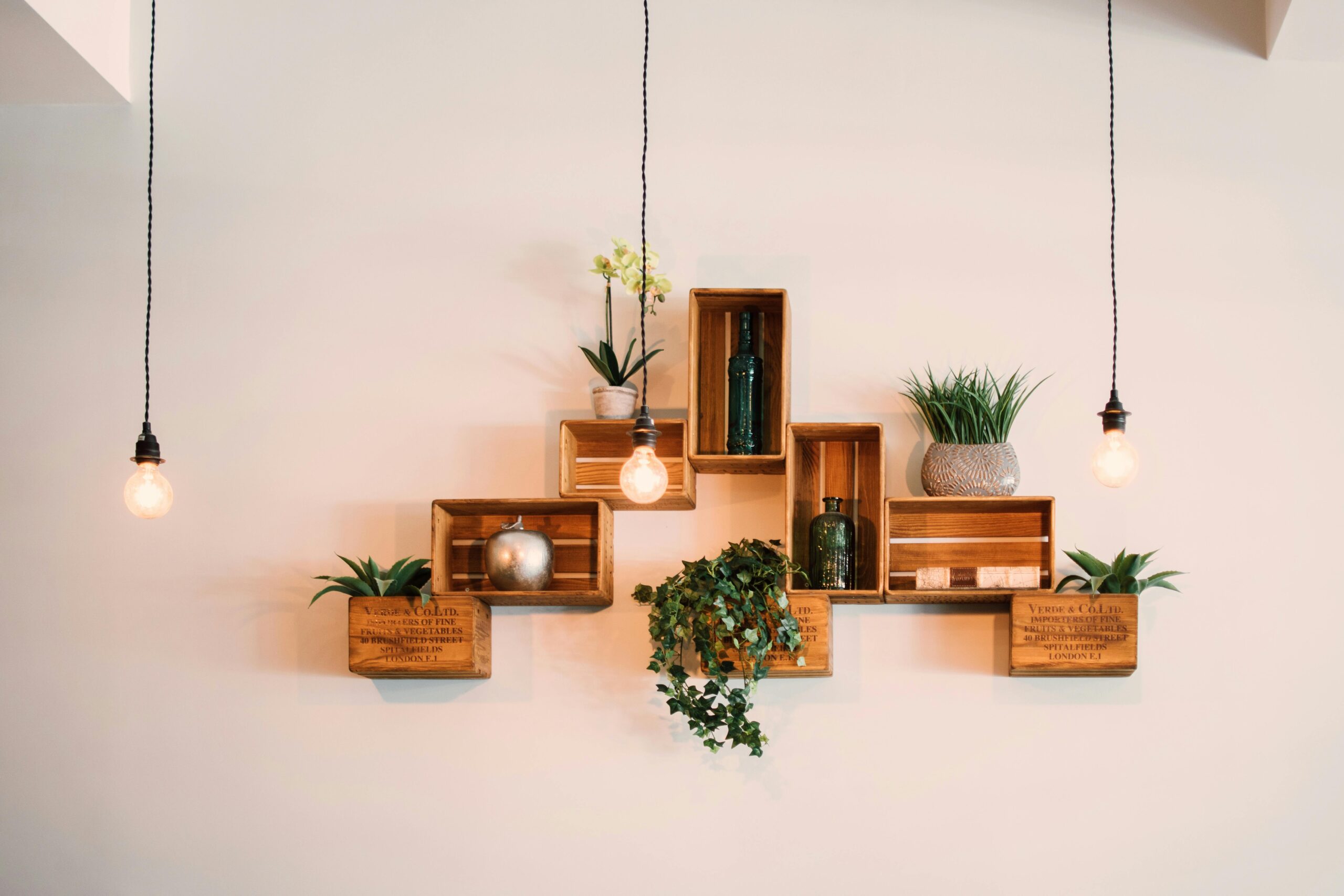
One Response
hi